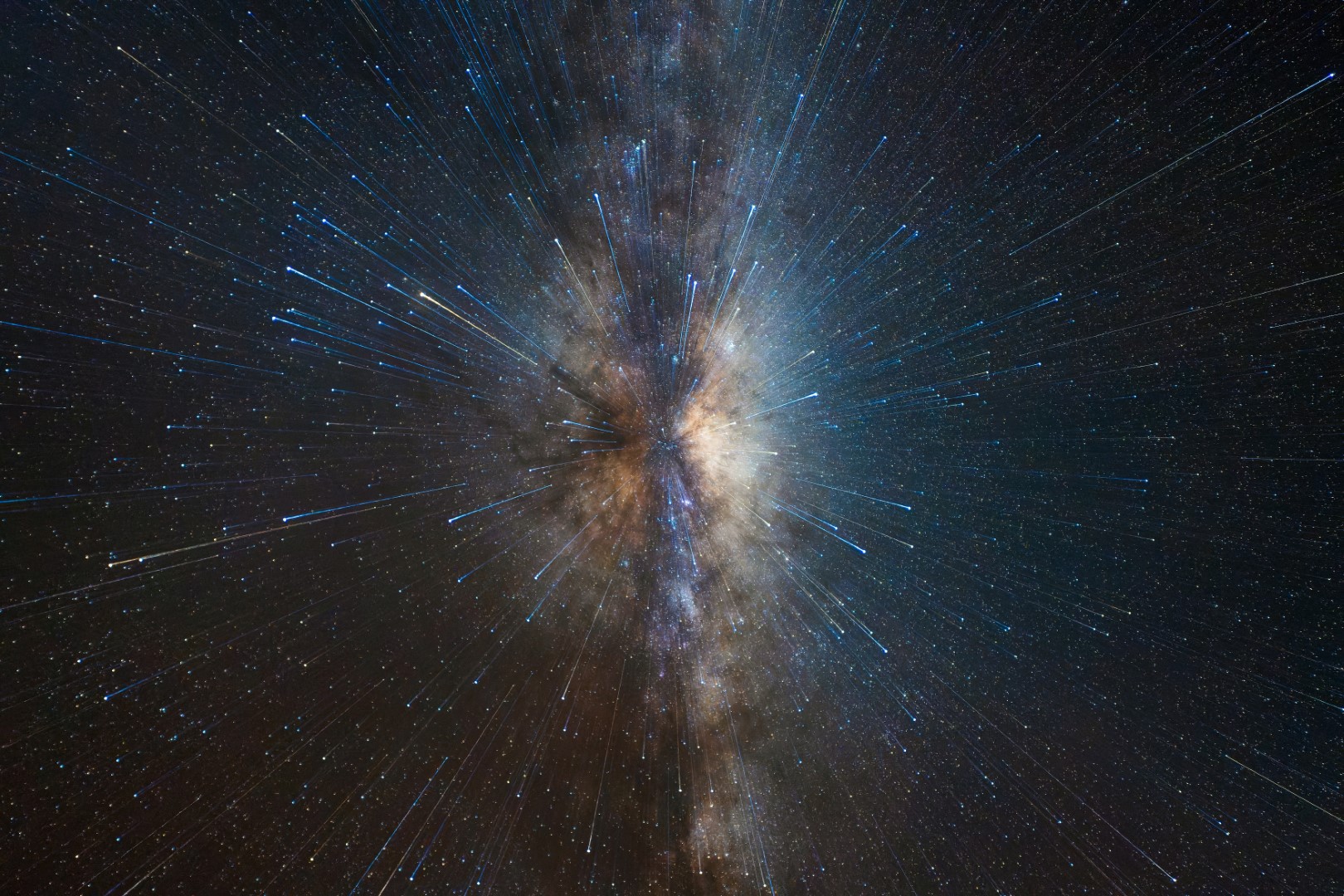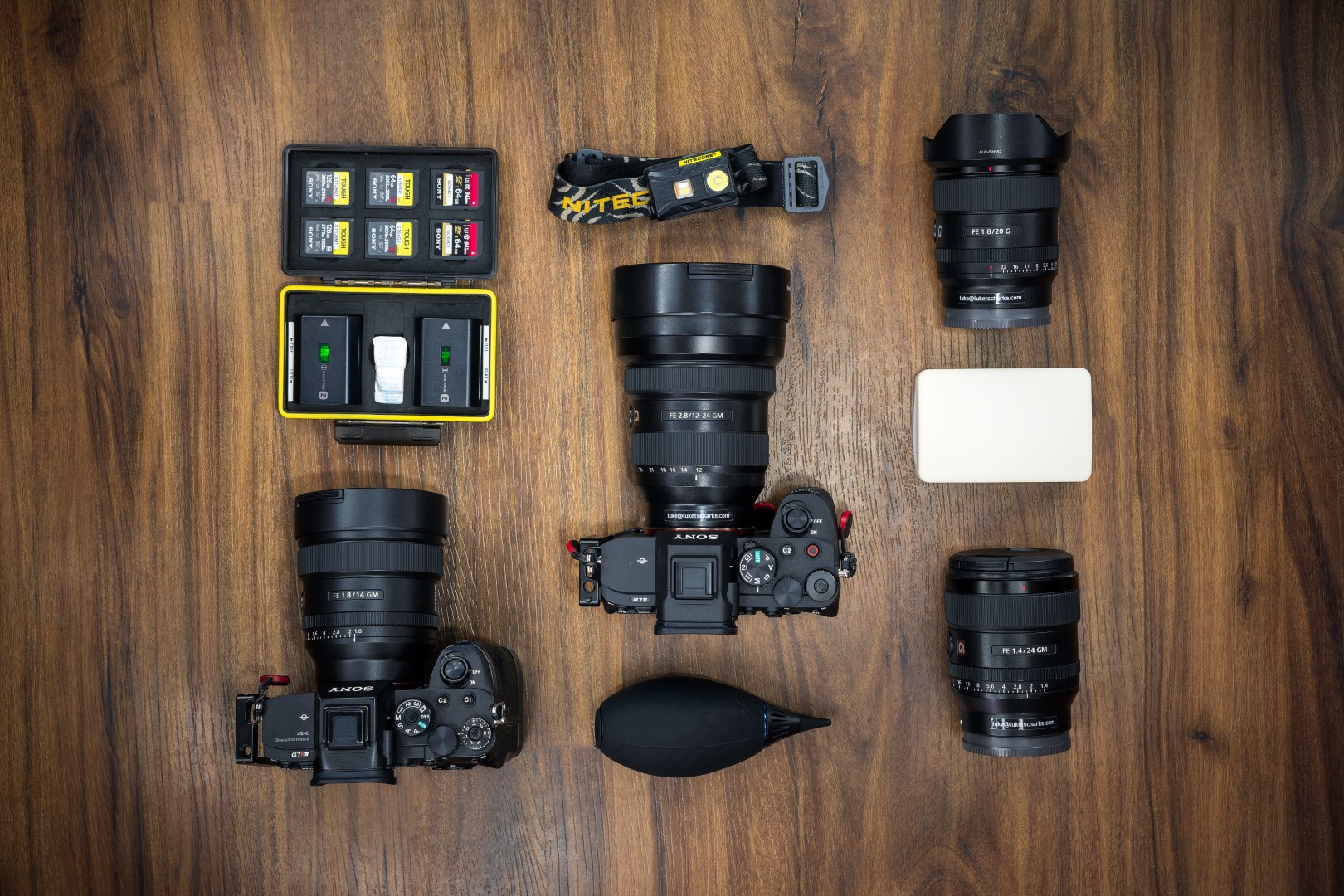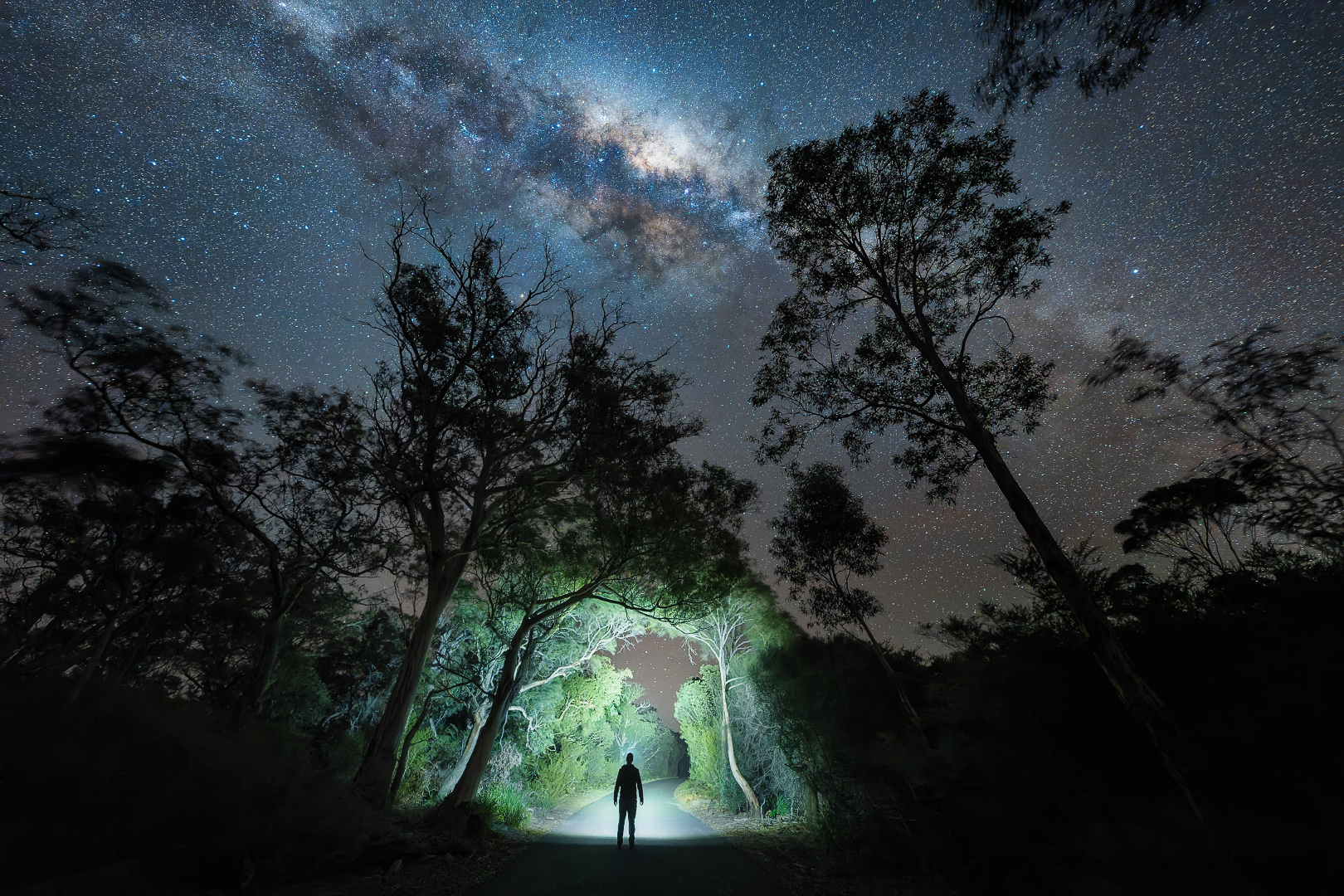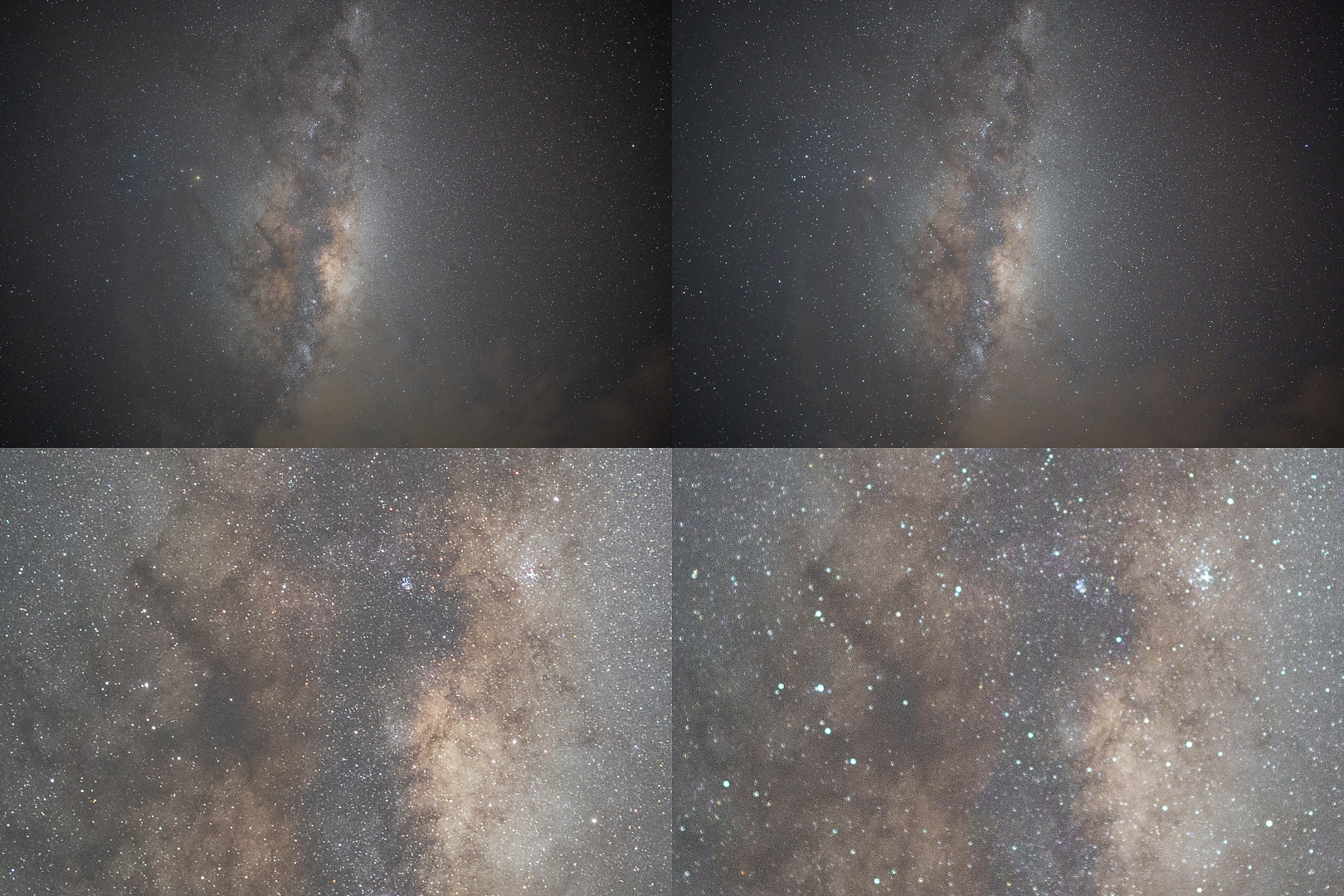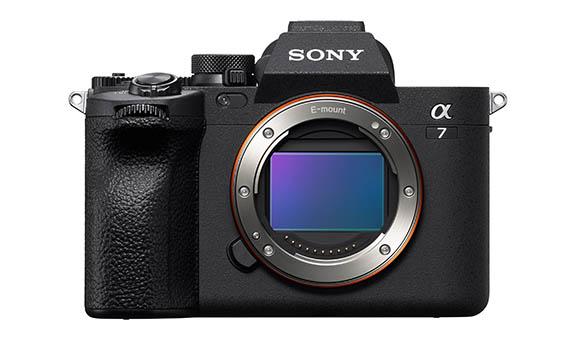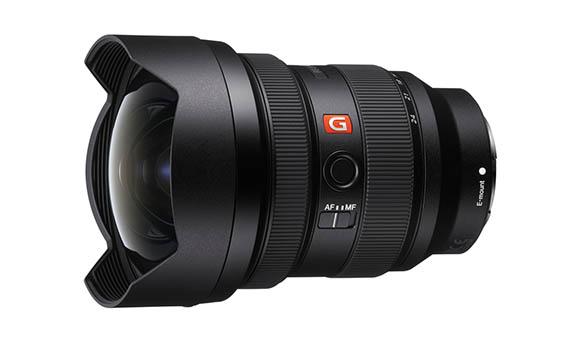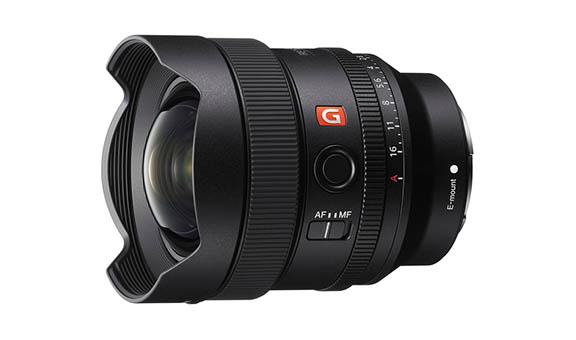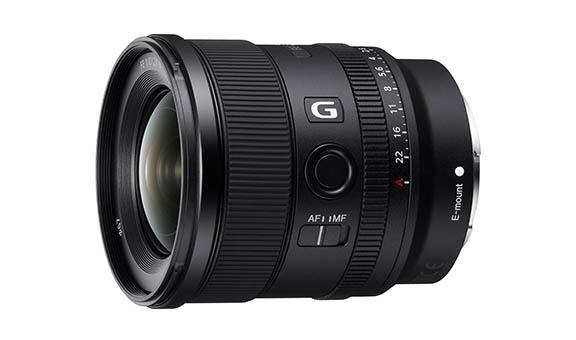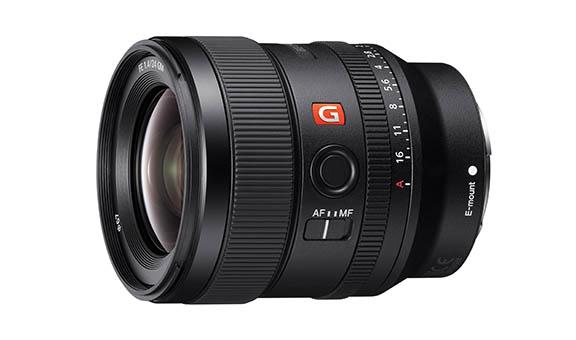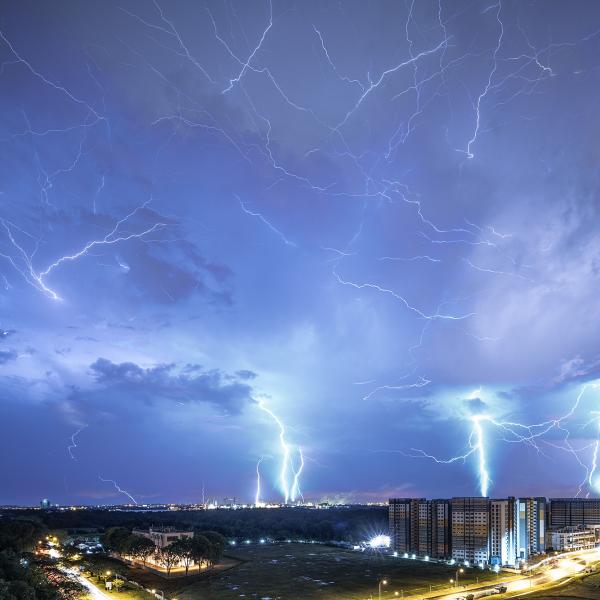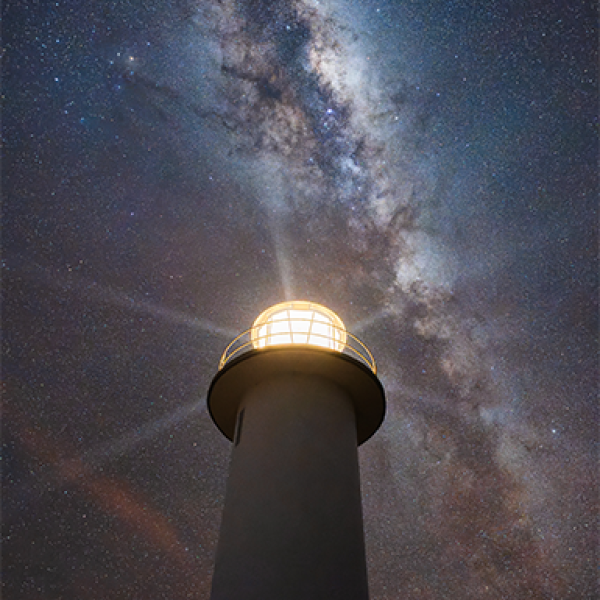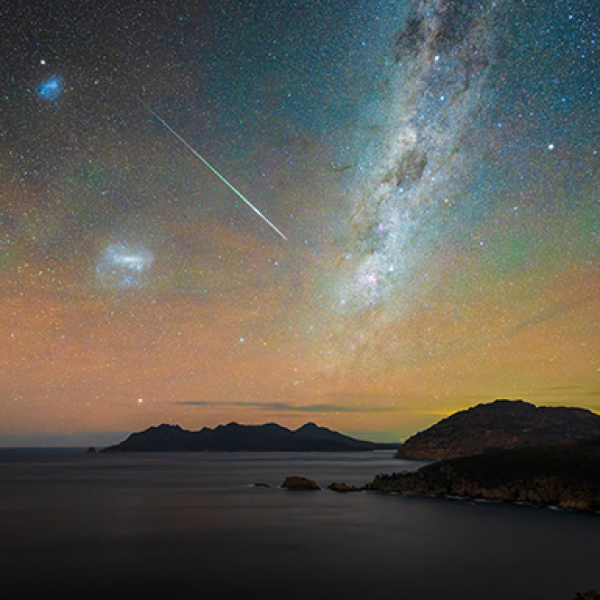Gear Up For Out Of This World Photography | Astrophotography with Luke Tscharke Part 2
You can take astrophotography with most cameras available today. However, if you want to achieve marvellous photos, you’d need one that performs ferociously well in low light conditions, supported by lenses that deliver unrivalled focus and image quality. Renowned photographer Luke Tscharke, who loves to capture natural beauty around him, relies on his full-frame Alpha 7 IV to capture the allure of objects light years away from us.
Let’s take a peek inside Luke’s bag to learn more about the gear he never leaves home without.
Luke’s Equipment for Astrophotography
Alpha 7 IV: Luke usually uses the Alpha 7 IV, a full-frame hybrid camera that delivers groundbreaking performance in both still and video recording. Its commendable performance in low-light situations allows clearer and brighter exposure for the celestial bodies in the sky.
“For best results, I choose a full-frame camera because of its large sensor that provides a lot of surface area to collect the light. In terms of lenses, those that have wide apertures are ideal because they enable the most amount of light to penetrate the camera,” said Luke. “The Alpha 7 IV delivers better exposure of the stars than many other cameras, whilst having enough resolution that allows me to print my works in large sizes without compromising the image quality”.
FE 12–24 mm F2.8 GM (SEL1224GM): The lens’ sharpness across the zoom range alongside its ultra-wide 12 mm perspective is what makes it stand out, according to Luke.
FE 14 mm F1.8 GM (SEL14F18GM): Compared to similar lenses, this lens is lighter and more compact, allowing for better mobility and flexibility during shoots. Its image performance and focal length make it an ideal length for astrophotography.
FE 20mm F1.8 G (SEL20F18G): Luke prefers this lens when capturing the Northern Lights as its longer focal length increases the Aurora Borealis’ presence in the photos. He claims that its wide aperture of F1.8 also produces better images at lower ISO values and performs exceptionally well in optical standpoints.
FE 24mm F1.4 GM (SEL24F14GM): This lens is Luke’s go-to whenever he needs to get closer to the action as it provides excellent details. It delivers well for aurora photography too! The fast F1.4 maximum aperture is simply unbeatable, said Luke.
Camera Settings
-
Aperture: For astrophotography, Luke needs lenses with wide apertures as it allows enough amount of light to pass through. Generally, his aperture is set at the maximum when shooting pictures of the stars and galaxies.
“I find the Sony lenses perform incredibly well at the widest aperture (lowest F-number). This means I won’t need to close the aperture (highest F-number) to produce sharper images. Other lenses also have wide apertures, however, they are usually not sharp enough to produce clear photos of the night sky. This is a huge advantage, thanks to Sony lens engineers!” he said. -
ISO: Luke’s ISO values are sometimes dependent on aperture settings but are oftentimes set at ISO 6400. “If some elements of the image look to be overexposed, I will reduce the ISO right down to as far as ISO 800 and increase the exposure in post-processing while protecting the highlights,” stated Luke.
-
Shutter speed: To achieve this, you’d need a short shutter speed to avoid capturing the stars trailing. Longer focal lengths mean capturing a smaller area of the sky, so this requires a shorter shutter speed. Short shutter speed does not capture the stars trailing, delivering pin-point stars, which is the ideal result for many photographers. Wide angle lenses, meanwhile, require longer shutter speeds as each star appears relatively smaller. “I usually set 15-20 seconds shutter speed for 12-14 mm range lenses, while around 10-13 seconds for 20-24 mm lenses,” said Luke.
- Focus: In night photography, manual focus is crucial as there isn’t enough light to provide contrast for the autofocus mechanism to focus on. Luke uses a focus magnifier set at 10x to enlarge his preferred portions of the sky. While watching his subject, he rocks the focus ring back and forth until narrowing it down to the smallest pinpoint possible. “Focus peaking can help in this situation quite well too. Among the cameras I’ve used, I find the Alpha 7 IV to be the easiest camera to focus on stars,” he shared.
Must-haves in Luke’s Bag
In addition to the camera and lenses, Luke has a few other items in his bag that he absolutely won’t do without:
Sturdy tripod: A sturdy tripod is essential as it prevents any shake or vibration whenever the camera takes a long exposure. Without it, you will end with blurry stars in the picture.
Head torch: A head torch is good for two things: keeping your hands free to handle the camera and the tripod and ensuring your safety on location.
Ultra-dim fill light: This light up the night scene in the photo, illuminating the moonlight better and allowing a bit of texture in the shadows of the image.
Air blower: An air blower is a tool to blow the dust off camera gears, including cameras, lenses, and filters.
Phone: Make sure to fully charge your phone so you can make phone calls for emergencies. In some cases, it is also handy for controlling the camera.
Food: High-energy foods like nut bars, and sometimes lollies and sweets, are packed in Luke’s bag. Water is another essential, along with coffee whenever shooting in the morning. “It’s good to have food that is easy to eat because in the dark you could end up wearing it!” he said.
Now you have a sense of astrophotography essentials, brace yourself to be amazed by the natural beauty of the universe and document it with jaw-dropping photos! Before you go ahead, though, remember to plan ahead as conditions may leave you disappointed. Check out Luke Tscharke’s guide to perfecting the time and location for astrophotography to learn more!
